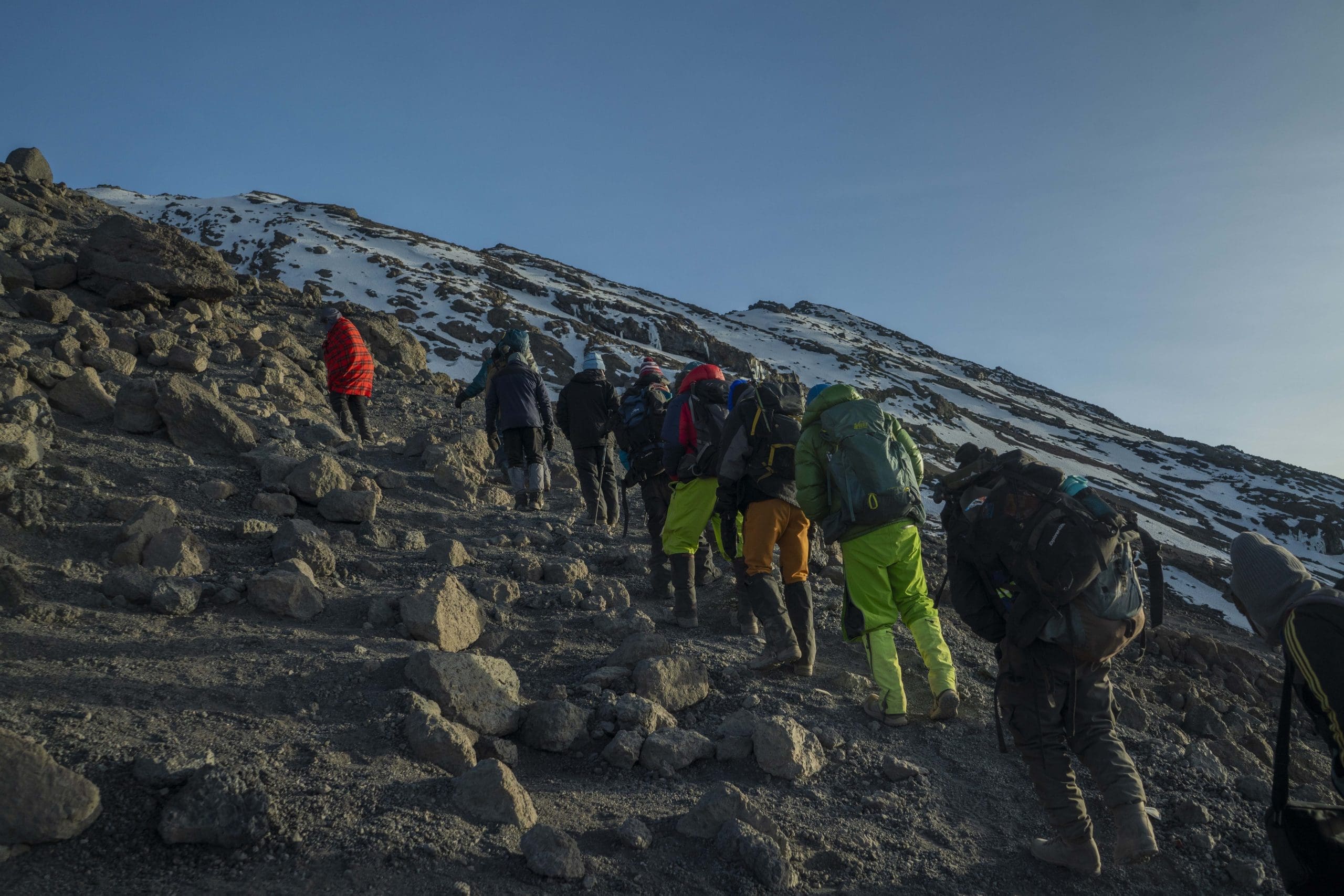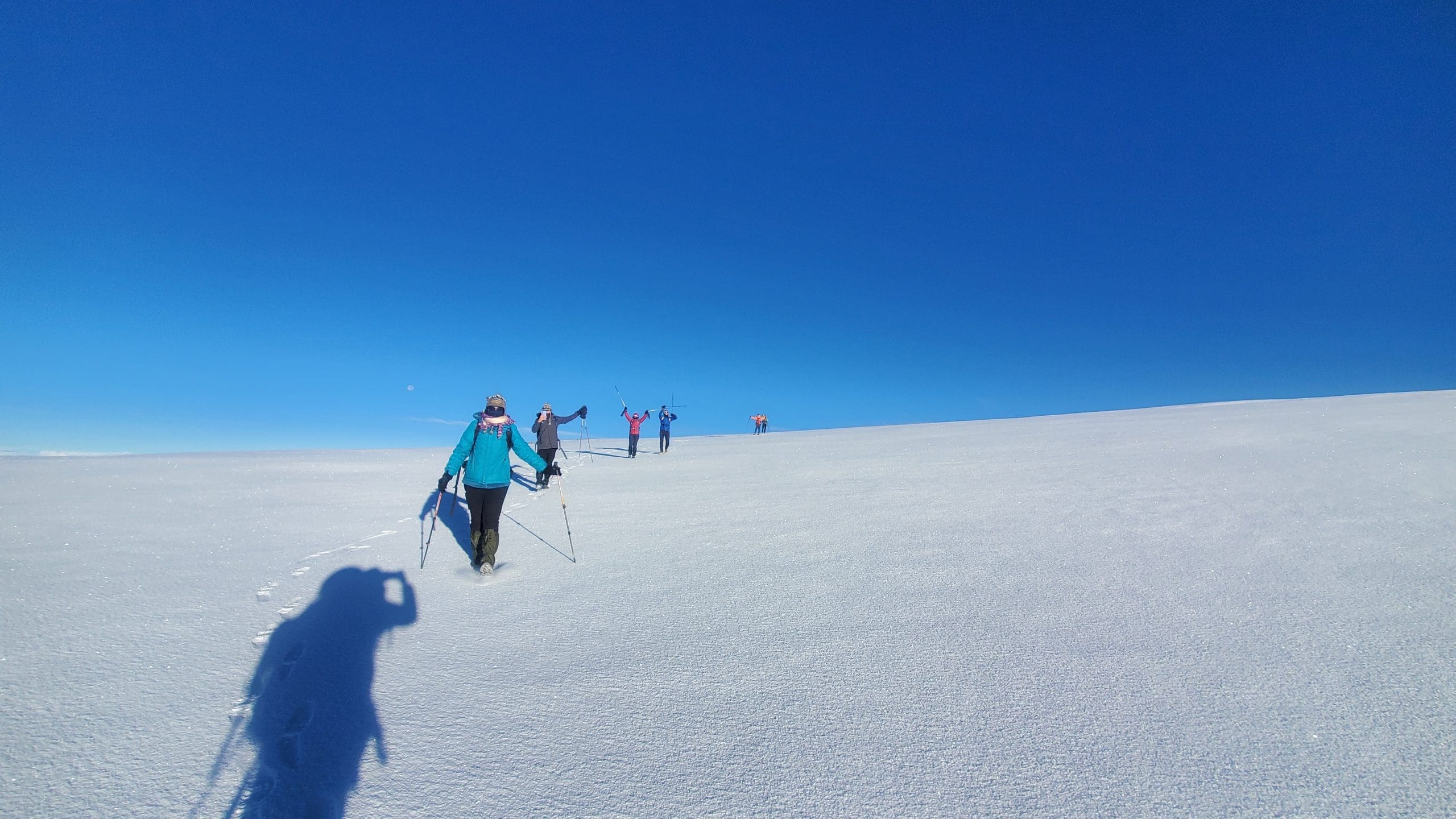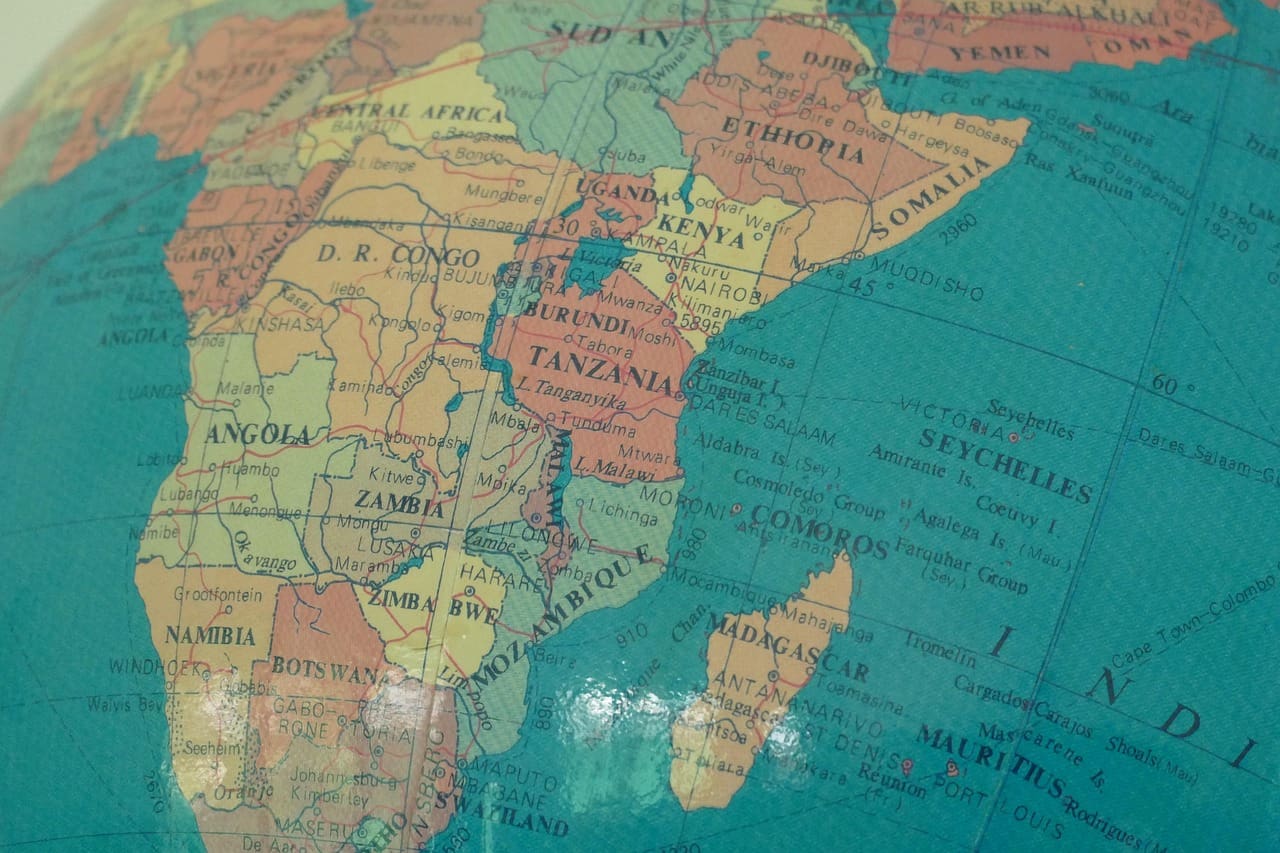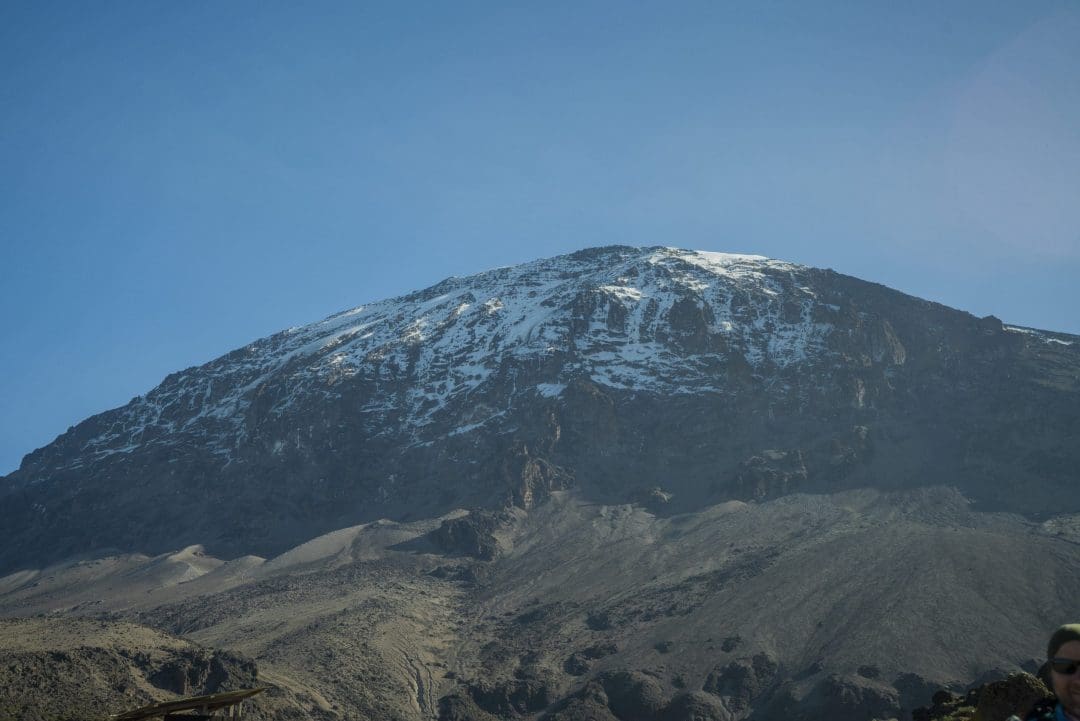Africa’s mountains are not just tall points on a map. They are full of stories, wildlife, and unique beauty. These African mountains, with their challenging treks and breathtaking views, are a testament to human strength and determination. Each ascent, whether complex or easy, has its appeal and sense of accomplishment.
Many people dream of climbing the highest mountain in Africa, but few are aware of the numerous incredible mountains that exist in the region. From snowy peaks to green forests, every climb is a new adventure.
1. Mount Kilimanjaro – Tanzania
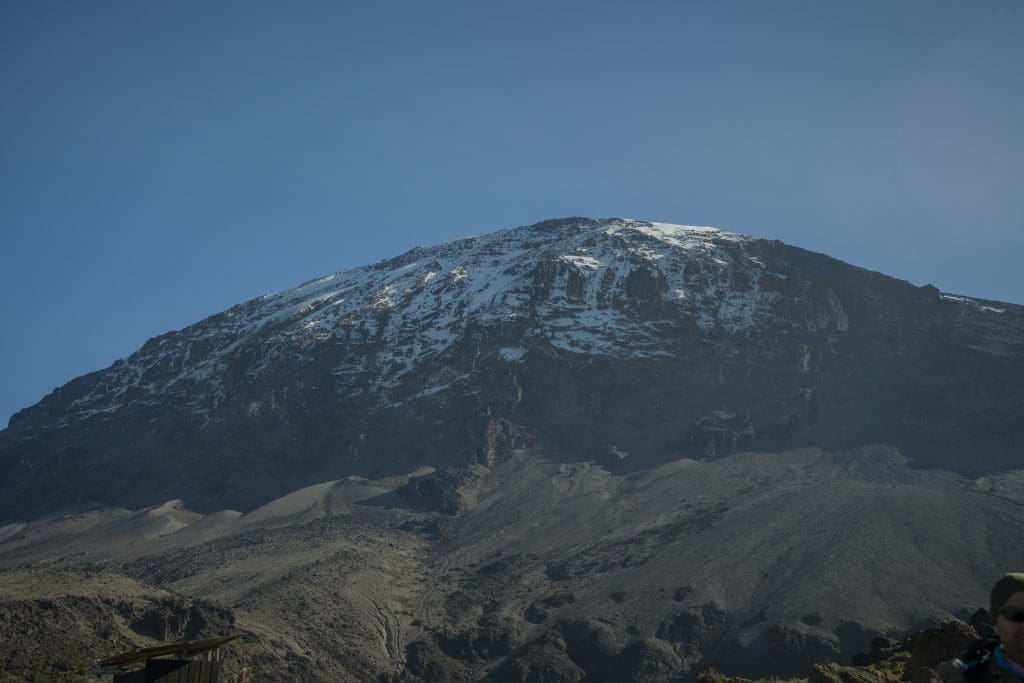
Height: 5,895 m (19,341 ft)
Mount Kilimanjaro is the highest mountain in Africa and is a must-see for travellers. It has three volcanic cones: Kibo, Mawenzi, and Shira. When climbing, visitors experience five distinct climate zones, ranging from lush rainforests to icy glaciers at the summit. Kilimanjaro’s height is 5,895 meters. It is not only a spectacular destination but also one of the Seven Summits, which are the highest peaks on each continent, and it is home to unique wildlife, like monkeys and colourful birds found in the lower areas.
When climbing Mount Kilimanjaro, visitors pass through five different climate zones. At the bottom, you find lush rainforests, and as you go up, the climate turns colder until you reach the icy glaciers at the top. This journey offers a diverse range of plants and animals. In the lower areas, you can spot bright flowers and fascinating wildlife, such as monkeys and colourful birds, which adds to the fantastic variety of life in the region.
Climbers often pick guided tours to stay safe and learn about the name and history of Mount Kilimanjaro. These tours help teach essential safety skills that make it easier to climb Uhuru Peak, the highest point in the region. The views from Uhuru Peak are extraordinary. Because the mountain is located in a national park, it is a safe place for everyone to experience different landscapes and learn about the local culture.
2. Mount Kenya – Kenya
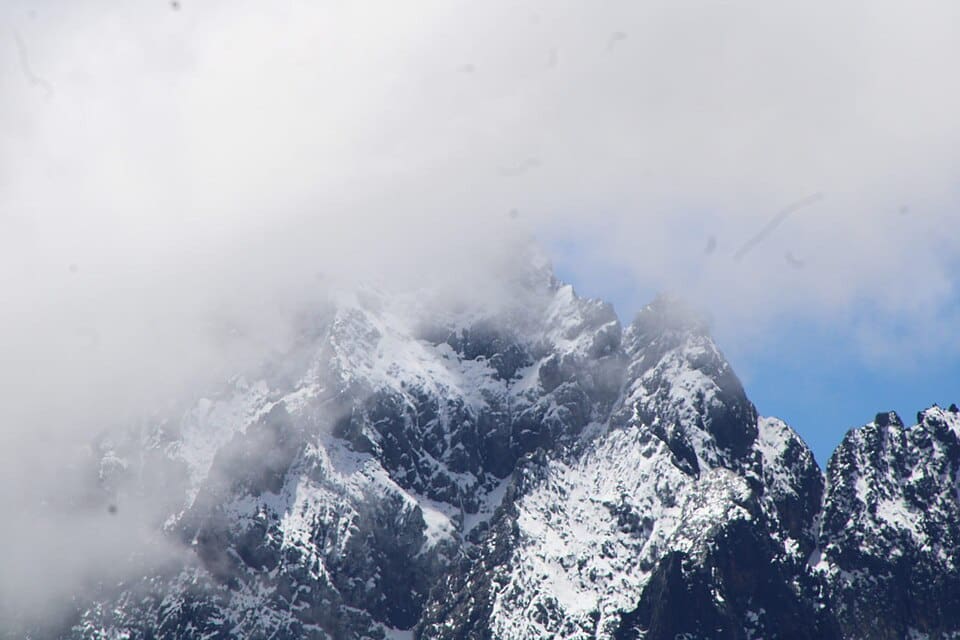
Height: 5,199 m (17,057 ft)
Mount Kenya is Africa’s second-highest peak and one of the continent’s most beautiful mountains. It stands at 5,199 meters and has three famous peaks: Batian, Nelion, and Lenana. Batian and Nelion are for expert climbers who use ropes and technical gear. Lenana is easier and perfect for hikers who want a real adventure without rock climbing. Mount Kenya’s slopes are covered in forests, bamboo, and moorlands.
Higher up, you see glaciers and rugged cliffs. The national park surrounding the mountain is home to a diverse array of wildlife, including elephants, buffalo, and leopards. Many climbers also come here to see the rare plants. Treks can last anywhere from 3 to 5 days, depending on the chosen route. Nights are cold, so warm clothes are needed. Sunrise from Point Lenana is magical, and many visitors say Mount Kenya feels more wild than Kilimanjaro. It’s a true gem for hikers who love nature and peace. The diverse wildlife and the chance to see rare plants make this climb a unique and rewarding experience.
3. Mount Stanley – Uganda/D.R. Congo
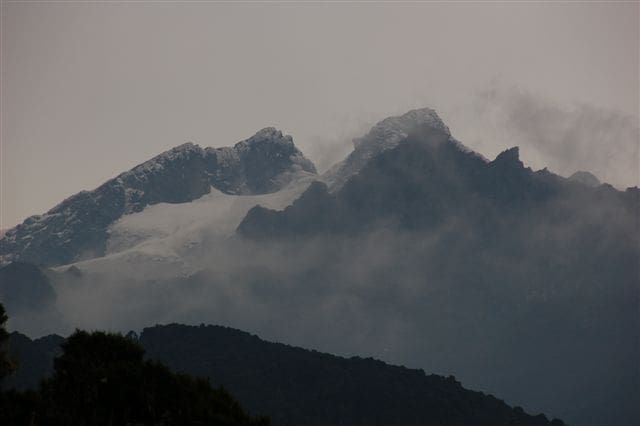
Height: 5,109 m (16,763 ft)
Mount Stanley is the highest peak in the Rwenzori Mountains, also known as the Mountains of the Moon. It stands at 5,109 meters, making it Africa’s third-highest mountain. The summit is known as Margherita Peak, and climbing Mount Stanley is a significant challenge. Hikers go through muddy forests and beautiful meadows before reaching the snow and glaciers. You need guides and the right gear for the climb.
Trekking can take up to eight days, and the weather can change rapidly; therefore, rain gear is essential for protection.
Many people think the Rwenzoris are a hidden paradise, with waterfalls, rare plants, and animals like chimpanzees and colourful birds. It is often referred to as Africa’s most magical mountain, and it is ideal for hikers seeking a wild experience that is less crowded than Kilimanjaro.
4. Mount Speke – Uganda
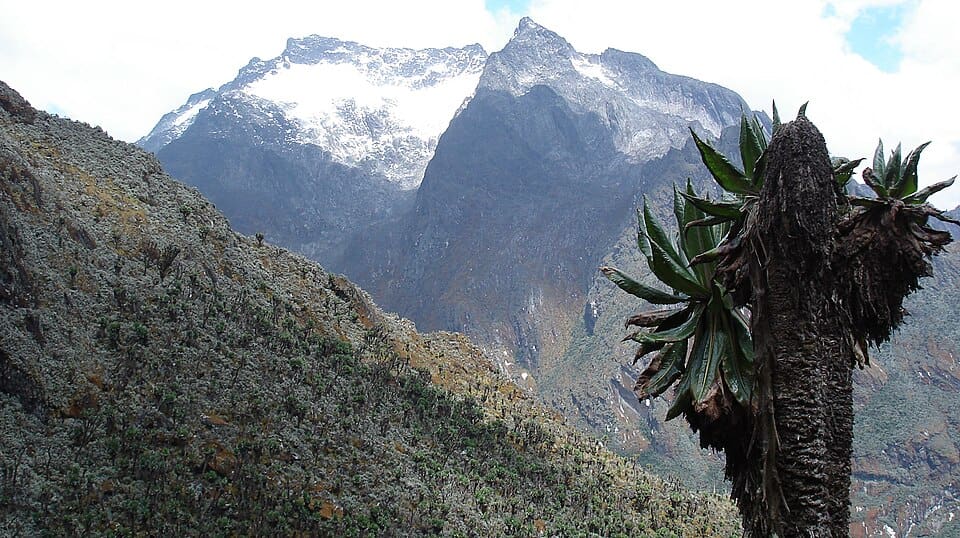
Height: 4,890 m (16,043 ft)
Mount Speke is a stunning peak in the Rwenzori Mountains of Uganda. Named after the explorer John Speke, who mapped the source of the Nile, it features a long ridge with five peaks, the highest being Vittoria Emanuele at 4,890 meters (16,043 feet). Although Speke never actually climbed this mountain, it stands as a remarkable landmark in the region.
The journey to the summit begins at Bjuku Hut and involves navigating rocky slopes. With heavy rainfall in the area, the trails can be slippery, making the hike even more challenging. Despite this, Mount Speke offers breathtaking views and a chance to experience Africa’s natural beauty, making it a fantastic destination for adventurers.
5. Mount Baker – Uganda
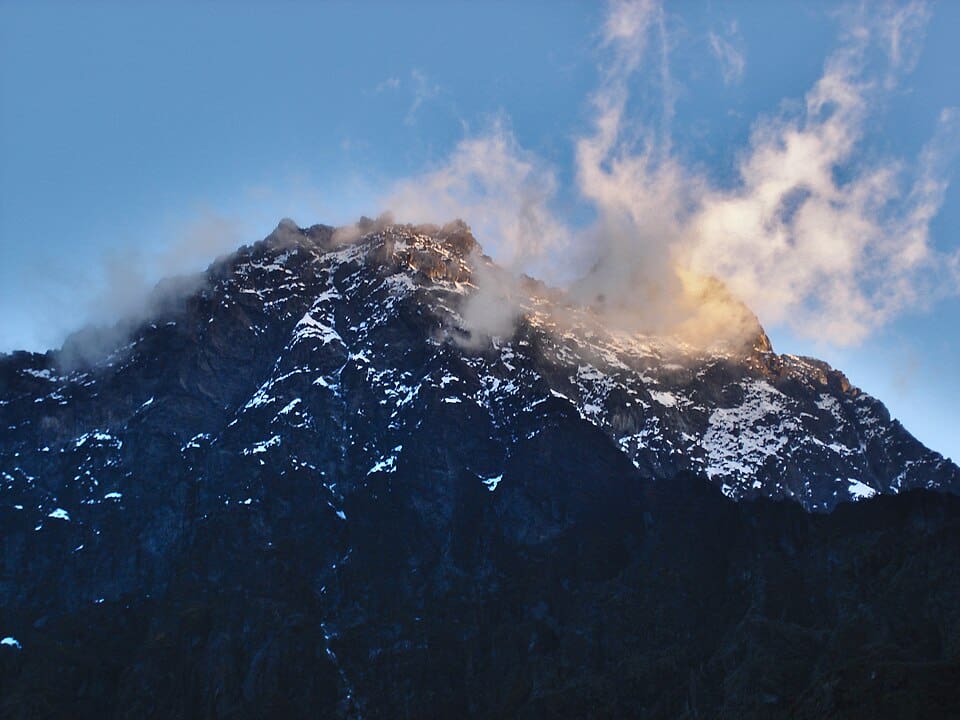
Height: 4,844 m (15,892 ft)
If you’re looking for an adventure in Africa, Mount Baker is a great place to visit. It is situated in the Rwenzori Mountains, also known as the Mountains of the Moon, which are among the most stunning mountain ranges in Africa. This beautiful peak features icy slopes, but your journey begins in the lush, green rainforests below. Here, you will find winding streams and muddy paths that prepare you for an exciting hike.
You will begin at Hunwick’s Camp, which is at 3,974 meters (13,038 feet) high. The hike to the top is about 4.3 kilometres. Be ready for steep and rocky trails that will challenge you. Using ropes is essential for crossing crevasses with big drops. The climb typically takes four to six hours and can be challenging, especially during the rainy seasons in April and May, as well as September and October. To stay safe and have a good time on this impressive mountain, it’s a good idea to hire a guide all year round.
6. Mount Emin – Uganda/D.R. Congo
Height: 4,798 m (15,741 ft)
Mount Emin is a hidden gem in the Rwenzori Mountains, situated on the border between Uganda and the Democratic Republic of the Congo. It stands at about 4,798 meters (15,741 feet) and features two summits named Umberto and Kraepelin. The mountain was first climbed in 1906 by Prince Luigi Amedeo, Duke of Abruzzi. Many adventurers have since taken on the challenge, enjoying stunning views and an exciting experience in nature.
To reach Mount Emin, hikers start in the Mugusu Valley on the Ugandan side. The trail leads up the southwest ridge to Umberto Peak. Climbers should bring ropes and crampons, as the climb is best for those with hiking skills. Enjoy the wild beauty along the way!
7. Mount Gessi-Uganda/DR Congo
Height: 4,715 m (15,469 ft)
Located in the picturesque Rwenzori Mountains, Mount Gessi rises to 4,715 meters (15,469 feet). While it may not be the highest mountain in Africa, it offers a magical experience for adventurous tourists. Separated from Mount Emin by a narrow valley, it has a rugged appearance, but climbers will find it a bit easier to tackle. The Duke of Abruzzi made the first documented ascent, though many of the glaciers have since melted, leaving behind some slippery stones.
Most visitors begin their journey in the Mugusu valley, hiking through lush groundsel forests as they make their way to Roccati Pass. From there, trekkers head southeast, carefully scrambling up steep rocks to reach the stunning ridge. With its wild beauty and fewer crowds, an African mountain like Gessi is an ideal destination for those seeking a unique natural adventure.
8. Mount Meru – Tanzania
Height: 4,562 m (14,968 ft)
Mount Meru is a stunning volcano located approximately 70 kilometres west of Kilimanjaro, making it a close neighbour. This proximity makes Meru a popular choice for those looking to acclimate before attempting to climb Kilimanjaro. It reaches a height of 4,562 meters (14,968 feet) and is often referred to as Kilimanjaro’s little brother.
The trek is challenging due to its steep paths and narrow areas. You will walk through various environments, including grasslands, beautiful forests, and open deserts at high altitudes. The trails are less busy than those on Kilimanjaro, which gives you the chance to see wildlife like giraffes, antelopes, and baboons. If you’re looking for an exciting adventure with stunning views, visiting Mount Meru is a perfect way to explore!
9. Ras Dashen – Ethiopia
Height: 4,550 m (14,928 ft)
Ras Dashen is the tallest mountain in Ethiopia, reaching 4,550 meters (14,928 feet). It is part of the Simien Mountains and has cliffs and tough paths. Many people visit to see rare animals, such as the Gelada monkey and the Walia ibex, which are found only here.
The trail to the top passes through valleys and rocky terrain, offering stunning views of the highlands. The mountain is located in a national park, ensuring it remains clean and protected. Because the weather can change quickly, hikers should be prepared, and local guides are there to help.
10. Mount Karisimbi – Rwanda/D.R. Congo
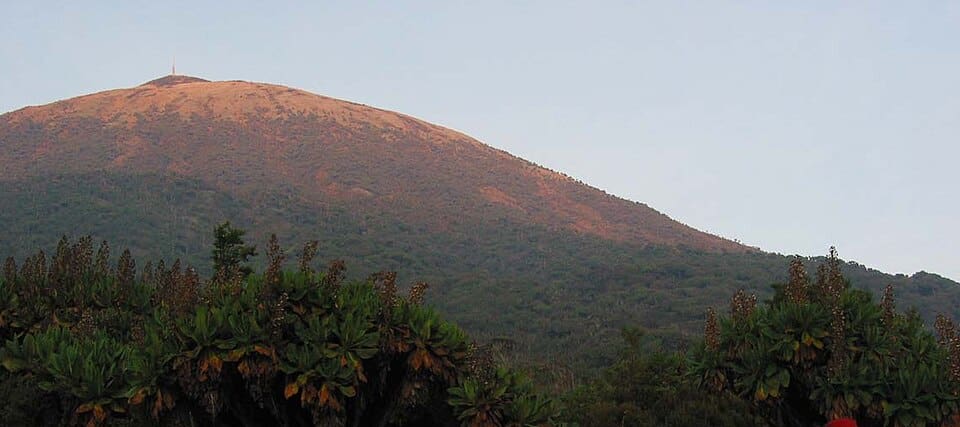
Height: 4,507 m (14,787 ft)
Mount Karisimbi is a breathtaking mountain that attracts both adventurers and nature lovers. Standing tall at 4,507 meters, it is part of the Virunga Mountain range, which is home to a unique array of wildlife and stunning landscapes. The journey to the summit takes hikers through lush forests where they can see giant plants, colourful birds, and even playful golden monkeys.
Many visitors choose to combine their trek to see the incredible mountain gorillas in Volcanoes National Park with a climb up Karisimbi. This allows them to experience the beauty of the area while supporting conservation efforts. The climb is challenging but leads to rewarding views of the surrounding volcanoes and the peaceful wilderness. As one of the prominent mountains in Africa, Karisimbi offers an unforgettable experience for all who venture to its heights.
In Closing
Africa’s tallest mountains are great for adventure. Each hill, like Kilimanjaro and Kenya, has its beauty and challenges. Hikers can choose easy paths or tough climbs. These mountains are teeming with wildlife and offer breathtaking views. You don’t need to be a pro; there are guides to help everyone. Climbing these peaks allows you to enjoy nature and witness Africa’s wonders. So, pack your gear and get ready for a fun time! You’ll make great memories exploring these amazing places!
Frequently asked questions
1. Which is the highest mountain in Africa?
The highest mountain in Africa is Mount Kilimanjaro, standing at 5,895 meters (19,341 feet) above sea level. Known as the tallest free-standing mountain in the world, its peak, Uhuru Peak, attracts many trekkers. The climb requires physical fitness for cold nights, and it’s important to hire trusted guides for safety.
2.How hard is it to climb Kilimanjaro?
Climbing Kilimanjaro is accessible for beginners, but preparation is essential. It’s a long trek rather than a technical climb, lasting 5 to 9 days. The main challenge is altitude sickness, so acclimatization is key. Trekkers should train by taking long walks and wearing warm clothing.
3. What is the best time to climb the highest mountains in Africa?
The best time to climb the highest mountains in Africa, including Kilimanjaro and Mount Kenya, is during the dry seasons: January to March and June to October. These months offer sunny weather, clearer views, and safer, less slippery trails. Always check local weather forecasts and choose reliable tour companies for your adventure.



